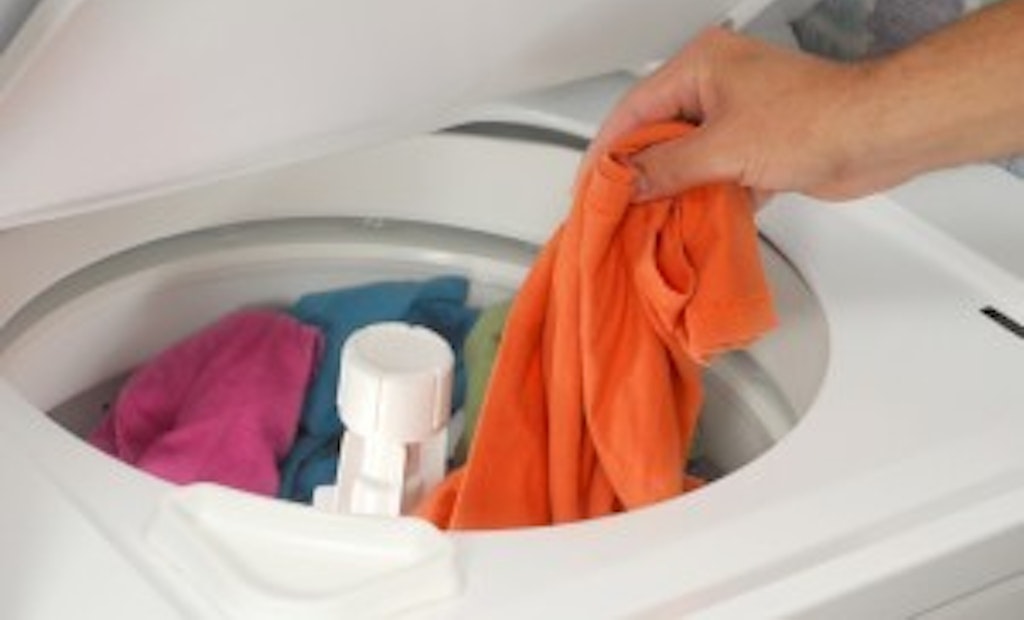Interested in Education/Training?
Get Education/Training articles, news and videos right in your inbox! Sign up now.
Education/Training + Get AlertsFabric softeners coat our clothes with a subtle layer of slimy chemicals, which is what makes them feel a little softer. Fabric softeners coat the surface of a fabric with chemical compounds that are electrically charged, causing threads to "stand up" from the surface and thereby causing the fabric to feel softer. The electrically conductive fabric softener chemicals may also prevent buildup of static charge that can occur in clothes dryers. The most common softening chemicals are called "quats" (short for quaternary ammonium compounds). In addition to fabric softening chemicals, fabric softeners may include acids or bases for maintaining the optimal pH for absorption, petroleum products, silicone-based anti-foaming agents, emulsion stabilizers, fragrances and colors. The fragrances in most fabric softeners are a mixture of hundreds of untested chemicals, including toxic ingredients like phthalates and synthetic musks — both suspected hormone disruptors. Fragrances are among the world's top five allergens.
Hazards for the septic system
- Most fabric softeners contain quats, which have antibacterial qualities. While it might sound useful to keep clothes germ-free, freshly washed clothes are already plenty clean, and overuse of quats may lead to development of antibiotic-resistant superbugs. Quats, in sufficient levels, can kill off beneficial bacteria in the septic tank, advanced treatment unit and soil dispersal system. Quats have been found to be harmful to the nitrification process.
- Emulsion stabilizers can disrupt the natural settling and stratification processes in septic systems.
- Petroleum products can potentially be toxic to the positive natural microbes in septic systems.
Recommended alternatives
If you have a property owner who cannot live without that extra softness, they could try using half a cup of white vinegar (make sure it’s labeled grain versus petroleum-derived) per load during the rinse cycle as a natural fabric softener. It is also a great natural sanitizer. Others recipes include combining vinegar with baking soda and essential oil.
Aluminum foil dryer balls are a green alternative to commercial dryer sheets or liquid fabric softener. While in the dryer, they absorb electrical charges so the clothes stay static free.
About the Author
Sara Heger, Ph.D., is an engineer, researcher and instructor in the Onsite Sewage Treatment Program in the Water Resources Center at the University of Minnesota. She presents at many local and national training events regarding the design, installation and management of septic systems and related research. Heger is education chair of the Minnesota Onsite Wastewater Association (MOWA) and the National Onsite Wastewater Recycling Association (NOWRA), and serves on the NSF International Committee on Wastewater Treatment Systems. Send her questions about septic system maintenance and operation by email to kim.peterson@colepublishing.com.






